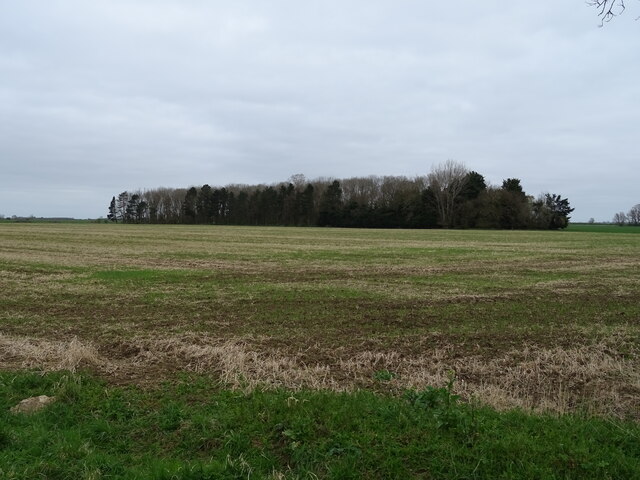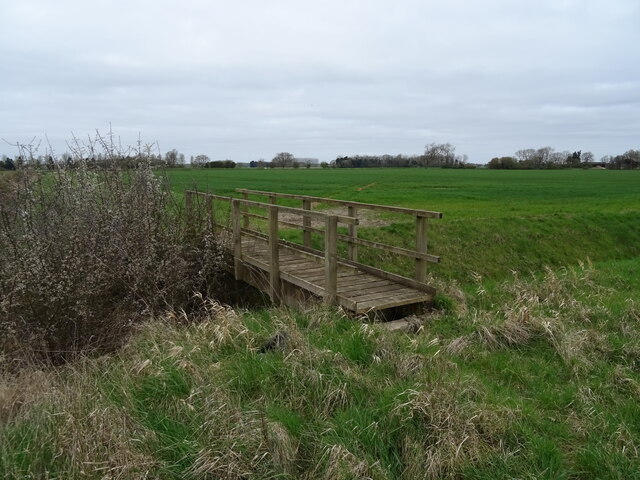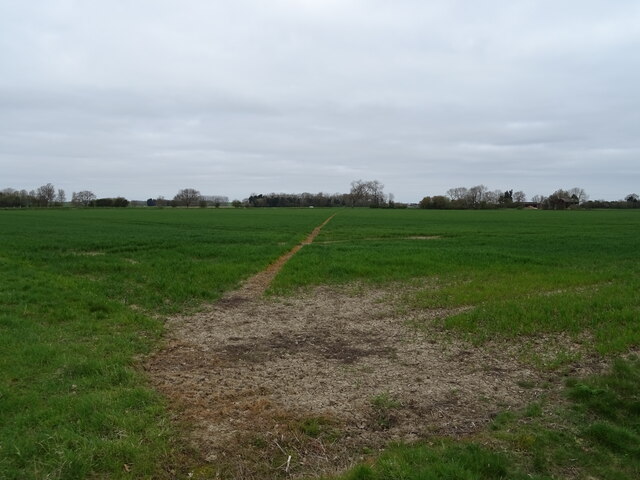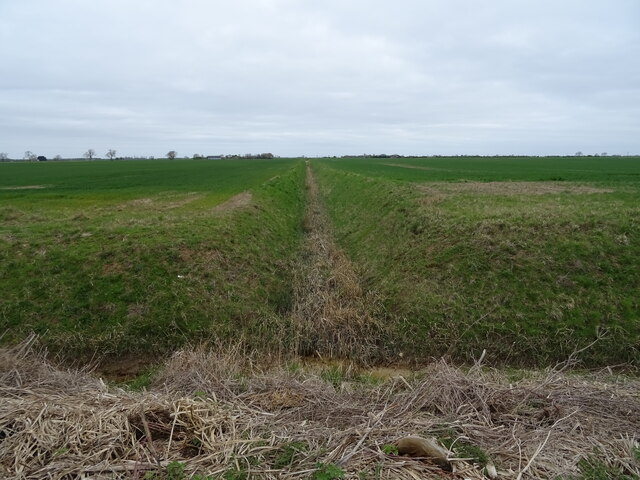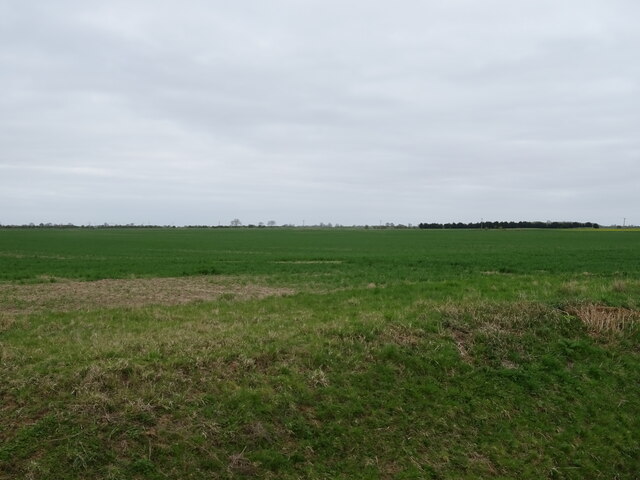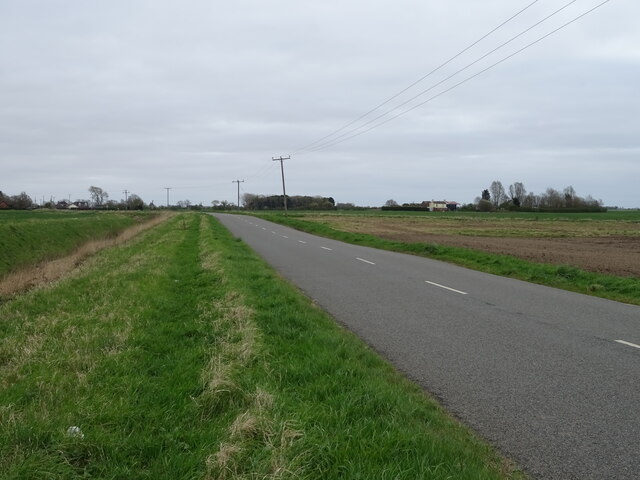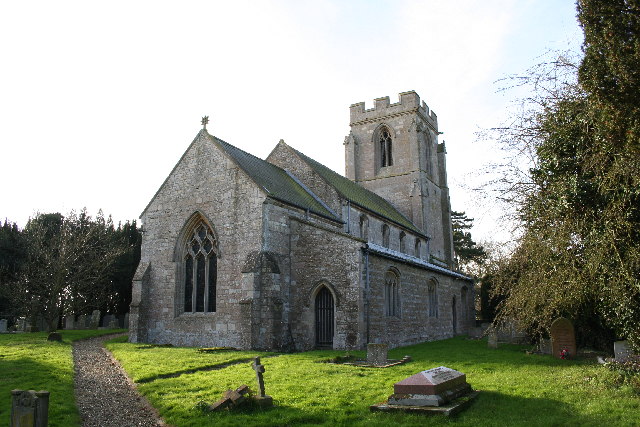Car Dyke
Heritage Site in Lincolnshire South Kesteven
England
Car Dyke

Car Dyke is an ancient man-made waterway located in Lincolnshire, England. It is considered a significant heritage site due to its historical and engineering importance. The dyke stretches for about 85 miles, running from the River Witham near Lincoln to the River Cam near Peterborough.
Constructed during the Roman period, Car Dyke was likely built as a drainage channel and transportation route. It is believed to have been dug around 2,000 years ago, making it one of the oldest man-made watercourses in the country. The name "Car Dyke" originates from the Old English word "carr," meaning "marsh" or "fen," and "dic," meaning "ditch."
The dyke is an impressive feat of engineering, measuring up to 30 meters wide and 5 meters deep in some sections. It is lined with well-preserved earth banks, suggesting that it may have been used for water transport as well. The purpose of Car Dyke was to drain water from the surrounding marshy areas, making the land more suitable for agriculture and settlement.
Today, Car Dyke remains a prominent feature in the landscape of Lincolnshire. It is a popular site for walkers, cyclists, and nature enthusiasts who can explore its scenic route. The dyke is home to a variety of wildlife, including waterfowl, fish, and rare plants. Additionally, various archaeological discoveries have been made along its course, including Roman coins, pottery, and other artifacts.
As a heritage site, Car Dyke serves as a testament to the ingenuity and engineering skills of the Romans, providing valuable insights into the region's history and development.
If you have any feedback on the listing, please let us know in the comments section below.
Car Dyke Images
Images are sourced within 2km of 52.842/-0.33 or Grid Reference TF1228. Thanks to Geograph Open Source API. All images are credited.
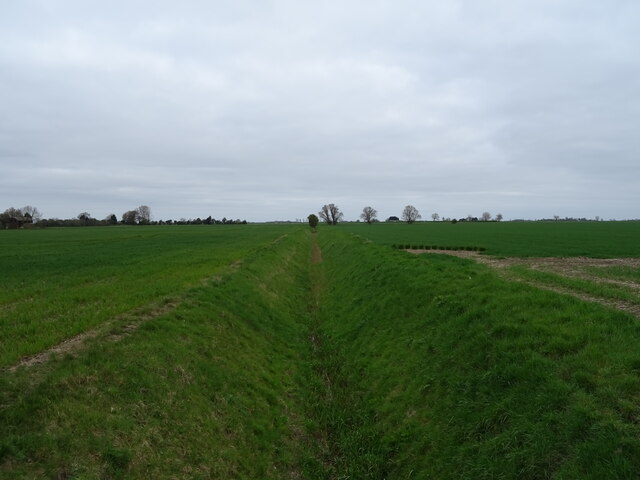
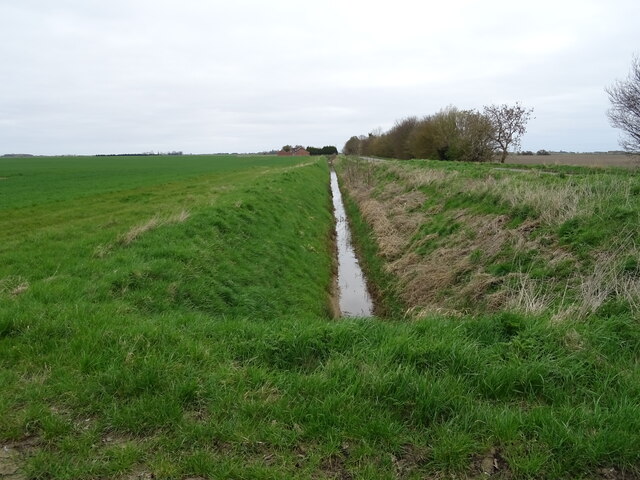
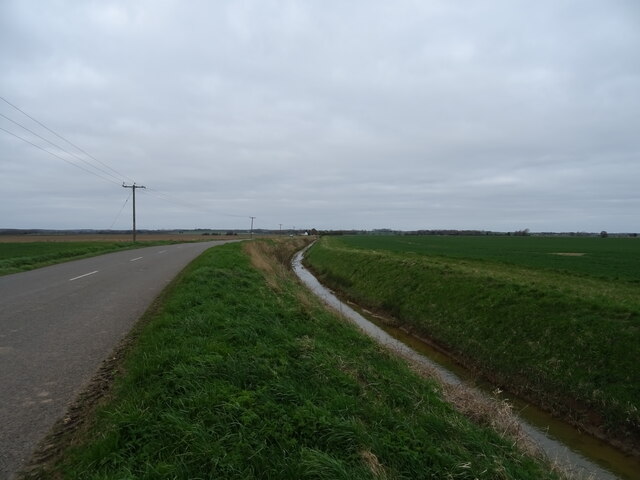





Car Dyke is located at Grid Ref: TF1228 (Lat: 52.842, Lng: -0.33)
Division: Parts of Kesteven
Administrative County: Lincolnshire
District: South Kesteven
Police Authority: Lincolnshire
What 3 Words
///tangent.fight.upwards. Near Billingborough, Lincolnshire
Nearby Locations
Related Wikis
Rippingale railway station
Rippingale railway station was a station serving the villages of Rippingale, Dowsby and Dunsby, Lincolnshire on the Great Northern Railway Bourne and Sleaford...
Dowsby
Dowsby is a village and civil parish in the South Kesteven district of Lincolnshire, England. It is situated on the western edge of The Fens at the junction...
Dowsby Hall
Dowsby Hall is an early 17th-century house situated in Dowsby, Lincolnshire, England, and 6 miles (10 km) to the north of Bourne. Originally a much grander...
Dunsby
Dunsby is a small village and civil parish in the South Kesteven district of in Lincolnshire, England. It is 4 miles (6.4 km) north from Bourne, just east...
Have you been to Car Dyke ?
Leave your review of Car Dyke below (or comments, questions and feedback).

